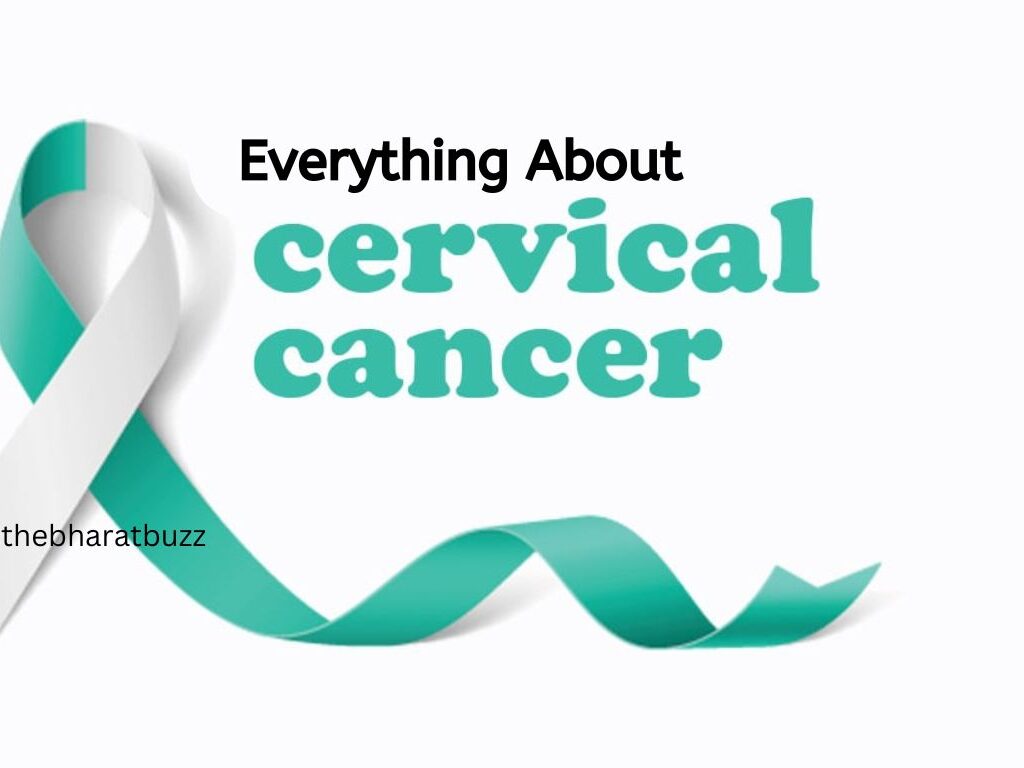
Cervical cancer is a disease in which malignant (cancerous) cells form in the tissues of the cervix. Understanding the risk factors, getting screened regularly, and knowing the treatment options is key to prevention and early treatment.
What Factors Increase Your Risk of Cervical Cancer?
- HPV infection – The human papillomavirus (HPV) is responsible for over 90% of cervical cancer cases. High-risk HPV strains can lead to precancerous cell changes.
- Smoking – Chemicals in cigarettes are absorbed into the blood and damage cervical cells. Smokers are twice as likely to develop cervical cancer.
- HIV/weak immune system – Women with HIV or autoimmune disorders have a higher risk as their bodies cannot fight off HPV effectively.
- Birth control pills – Oral contraceptives may very slightly increase cervical cancer risk, especially with over 5 years of use.
- Multiple full-term pregnancies – Having 3 or more full-term pregnancies is linked to higher risk, likely due to hormone changes that may allow HPV to persist.
What is HPV and How is it Spread?
HPV is a sexually transmitted virus that can lead to cancer. HPV (Human papillomavirus) is a virus that infects the genital area and spreads through skin contact. Over 95% of women diagnosed with cervical cancer have HPV. The virus causes genital warts, especially in women. It can also cause cancer in the cervix, external genital area, and reproductive system.
The HPV virus can spread for months without any symptoms. This silent infection means symptoms may not show up for months or years after getting infected.
HPV doesn’t just affect women’s health. It can also put men at risk. The virus can cause genital warts in men too. Over time, it may lead to penile cancer. In people with strong immune systems, HPV can often be controlled before turning into cancer. But it’s important to get screened for HPV and treat any cell changes early.
How is Cervical Cancer Detected?
- Pap tests – Cells collected from the cervix are examined for precancerous changes. This test detects abnormal cells early so they can be monitored or treated.
- HPV testing – Samples of cervical cells are tested for HPV infection. High-risk HPV types may lead to precancerous changes.
- Biopsies – If abnormal cells are found, a small sample may be taken from the cervix and examined further. This confirms whether the changes are precancerous lesions or cancer.
- Additional imaging – CT, MRI, or PET scans may be used to look for cancer spread beyond the cervix if cancer is confirmed.
What Are the Treatment Options for Cervical Cancer?
Early Stage/Local Disease
- Surgery – Early cancers are removed through hysterectomy or cervical conization. Fertility-sparing options like cervical trachelectomy may be options for some women.
- Radiation therapy – High energy x-rays kill cancer cells. This may be used alone after surgery or with chemotherapy.
Locally Advanced Disease
- Chemoradiation – Chemo sensitizes cancer cells to radiation. This combination is often used to shrink tumors before surgery.
- Surgery – Later stage cancers may still be treated with hysterectomy. Radical hysterectomies remove more surrounding tissue.
Advanced/Metastatic cancer
- Radiation – Radiation may help control cancer growth and provide symptom relief.
- Chemotherapy – Strong medication kills rapidly dividing cancer cells and improves survival.
- Targeted therapy – Drugs targeting specific cancer proteins and genes help impede the disease.
- Immunotherapy – Medications boost the immune system’s ability to fight cancer. This provides a new advanced treatment option.
- Palliative care – Controlling pain, nausea, appetite issues and other side effects is key to maintaining quality of life.
Conclusion
However, in people with weakened immune systems, the disease can spread for years without any symptoms. Since the infection causes no symptoms in women or men, the virus keeps being transmitted as long as sex continues. This is why it’s important to seek treatment for cervical cancer as early as possible. Understanding risk factors, getting screened with Pap and HPV testing as recommended, and knowing your options for cancer found early or late can help in both prevention and treatment of cervical cancer.
Cervical cancer is preventable and treatable if caught early. Be sure to stay up to date on screenings, know the symptoms, and see your doctor about any concerns. TheBharatBuzz is your source for the latest health news and tips for living well.
